Late summer and early fall is peak harvest. Driving around the countryside, you’ll see countless roadside stands for berries, then apples, then pumpkins. Foraging for wild food allows you to get the joy of eating ultra-local without waiting around for the farms to have food for you to harvest.
Getting started with foraging is a bit more complicated than just going out into the woods and sampling plants to see what tastes good. In fact, I strongly discourage that – there are just too many toxic plants out there.
Don’t let that scare you off, though – there are many benefits to eating wild plants. It doesn’t get more local than wild plants, and you’ll save on your grocery bill. This is especially true if you’ve got a truffle-sniffing dog or are picking expensive berries.
Personally, I enjoy foraging because it gives me time to get outside, get my hands dirty, and clear my head. I love eating the clean, pesticide-free food and learning more about the plants around me. My absolute favorite part of eating wild foods?
I love targeting invasive species and eating the invaders. Some edible invasive species include garlic mustard, lamb’s quarters, and burdock. Given that humanity caused the invasive species problem, it’s about time we start undoing that damage.
How to Identify Wild Edibles
It’s no secret here that we love using apps to help identify plants – but if you’re putting something in your stomach, you want to be 100% sure that it’s safe. Using apps like PlantSnap is a great way to learn to identify plants, but let’s take it a step further for everyone’s sake.
You can also get started with some familiar plants, like blackberries. Though there are hundreds of species of blackberries and they’re hard to tell apart, they’re all edible!
In addition to using PlantSnap to identify plants, we recommend backing up your foraging knowledge with some basic botany skills. If PlantSnap suggests two or three potential plants, you can narrow down the tasty from the toxic by taking note of:
- Global location. There’s no use in paying attention to a plant that’s native to China if you’re in Britain – unless that plant is an invasive species.
- Micro-Ecosystem. Is the area sunny or shady? What’s the soil like? Does the area get a lot of rain? Does the water drain towards or away from this spot? What’s the altitude? Is this forest, savannah, wetland, or something else?
- Leaf Shape. Are the leaves needles, flat and scale-like (as in cedar), or actual leaves? What’s the general outline like?
- Leaf Arrangement. This gets confusing quickly, but try to take note of how the leaves are arranged in relation to each other with as much detail as possible.
- Cones, Seeds, Fruits, and Flowers. Pay special attention to cones, seeds, fruits, and flowers – these are the plant’s reproductive parts and are often very distinct.
- Stalk. Some plants have spots, spines, or other distinguishing traits on their stalk or trunk.
- General Notes: Pay attention to the height and shape of the plant in general.
Noticing all of these specific traits will help you correctly identify the right plant for foraging.
Know Before You Go: Guidelines for Foraging
Before you head out into the woods to forage for berries and salad toppings, it’s important to get to know some of the tenets of foraging for wild foods. We wrote a whole blog post on this subject, but we’ve also shared a quick overview below.
- Know your ecosystem. Avoid putting undue stress on delicate ecosystems.
- Know your target foods. If you already know a bit about what you’re looking for, proper identification will be much easier.
- Know the lookalikes. Be sure you’re aware of other plants that might closely resemble your target plant.
- Leave some for the wild. Don’t be that guy who picks the whole blackberry bush clean! Leave some for the bears and the birds.
- Know the laws. It’s illegal to forage in National Parks, for example.
- Know how to prepare your food. Some plants are only edible if cooked, and some edible plants have toxic parts.
- Target invasive species when you can. Learn all about this at the wonderful site, Eat the Invaders.
Now that we’ve got a good idea of how to identify plants for foraging and why to forage, it’s time to hit the trail and get to work! Let us know how your foraging adventures go below in the comments. We’re always excited to hear your tips, tricks, and stories.











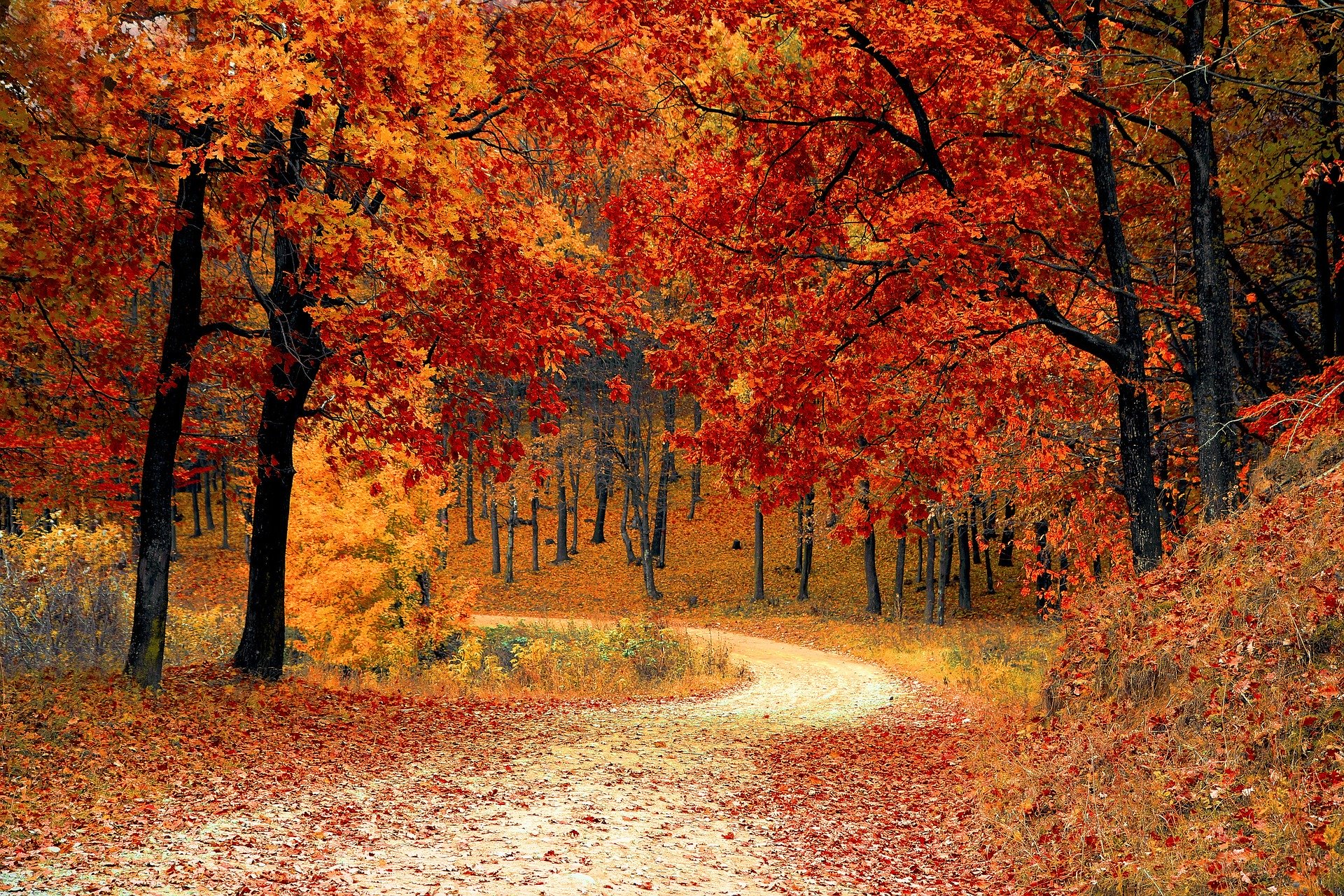
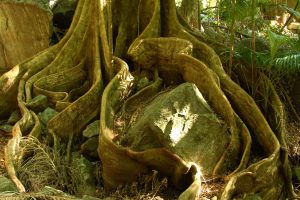

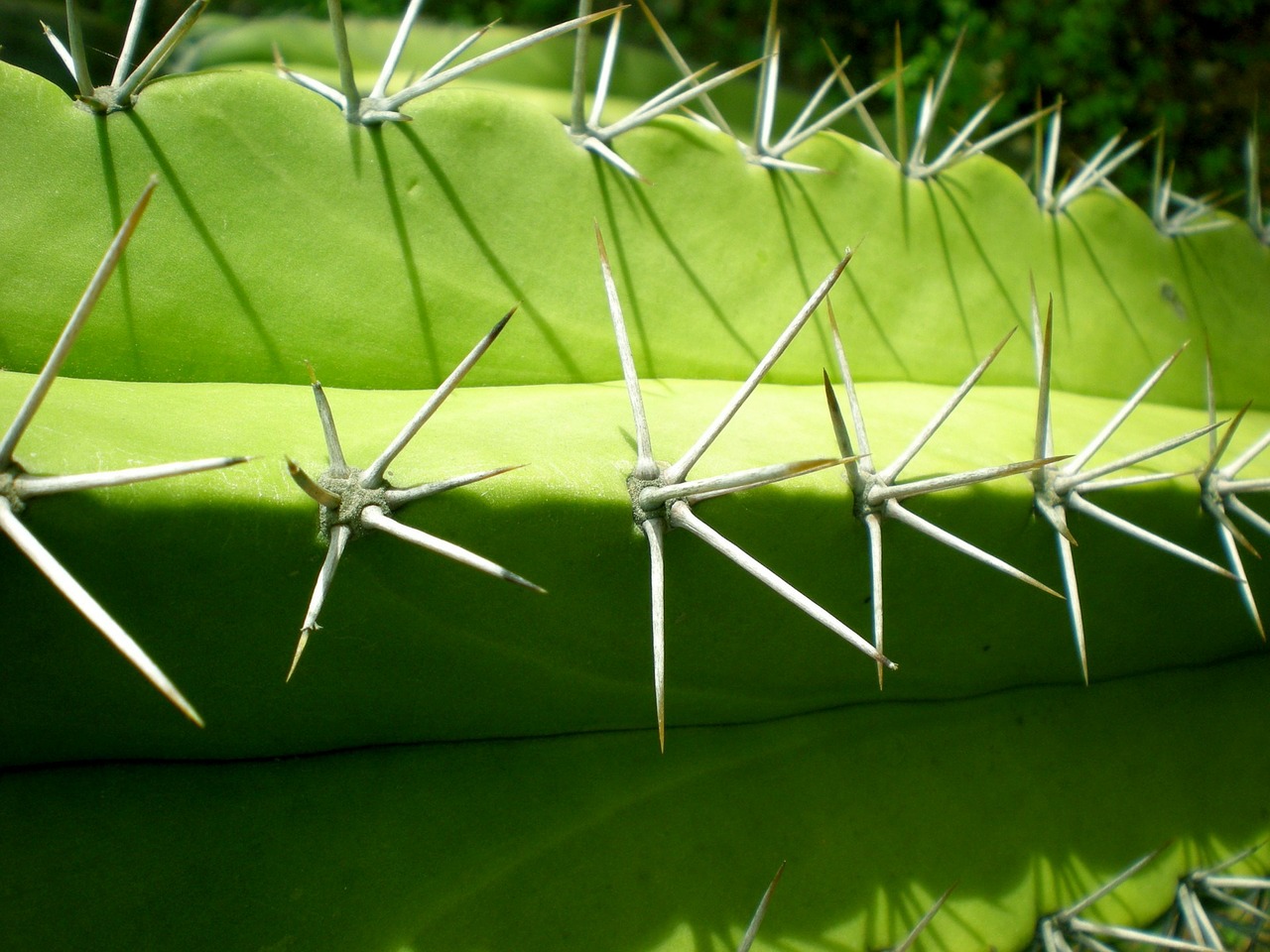
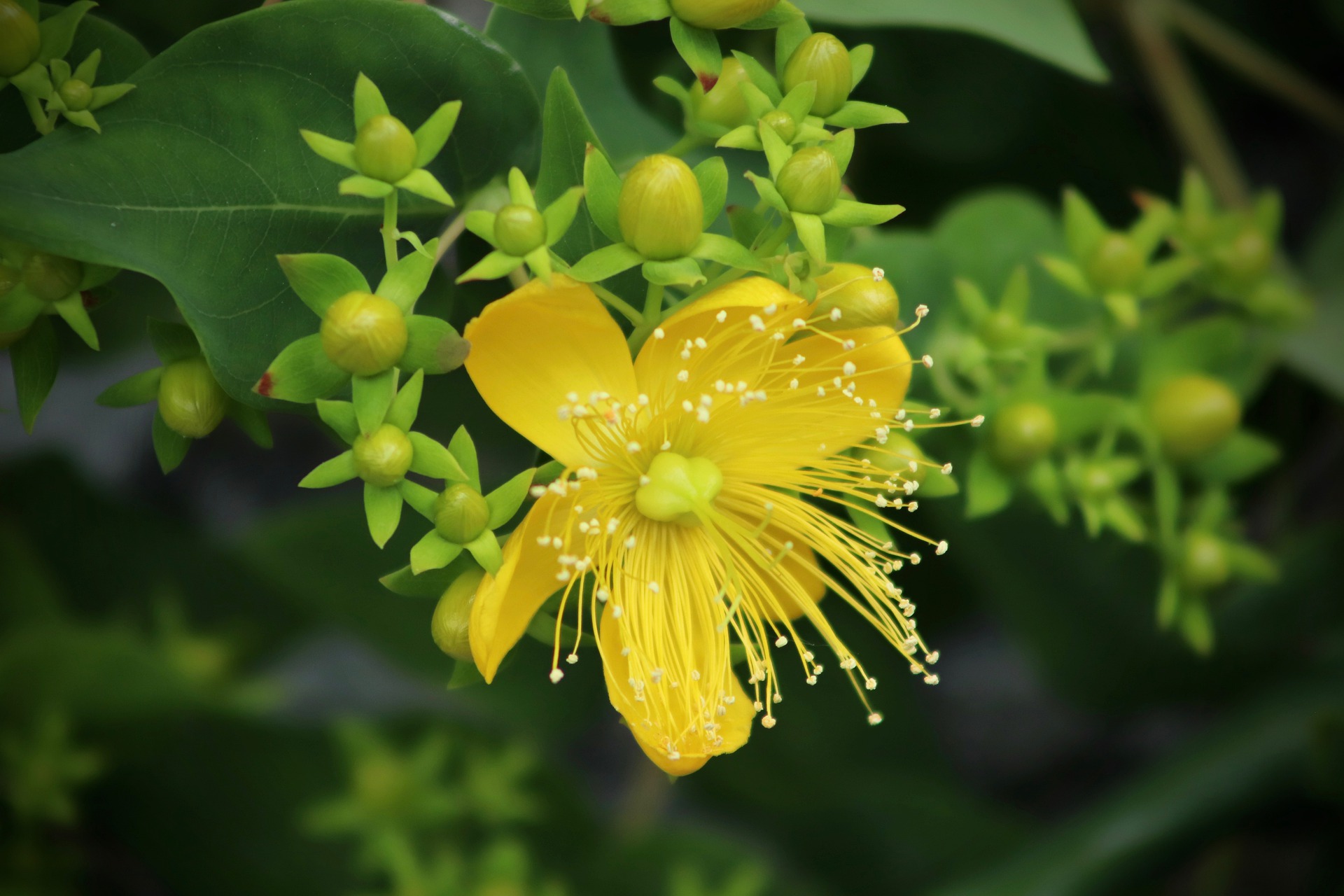
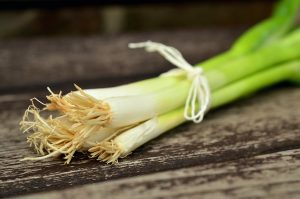
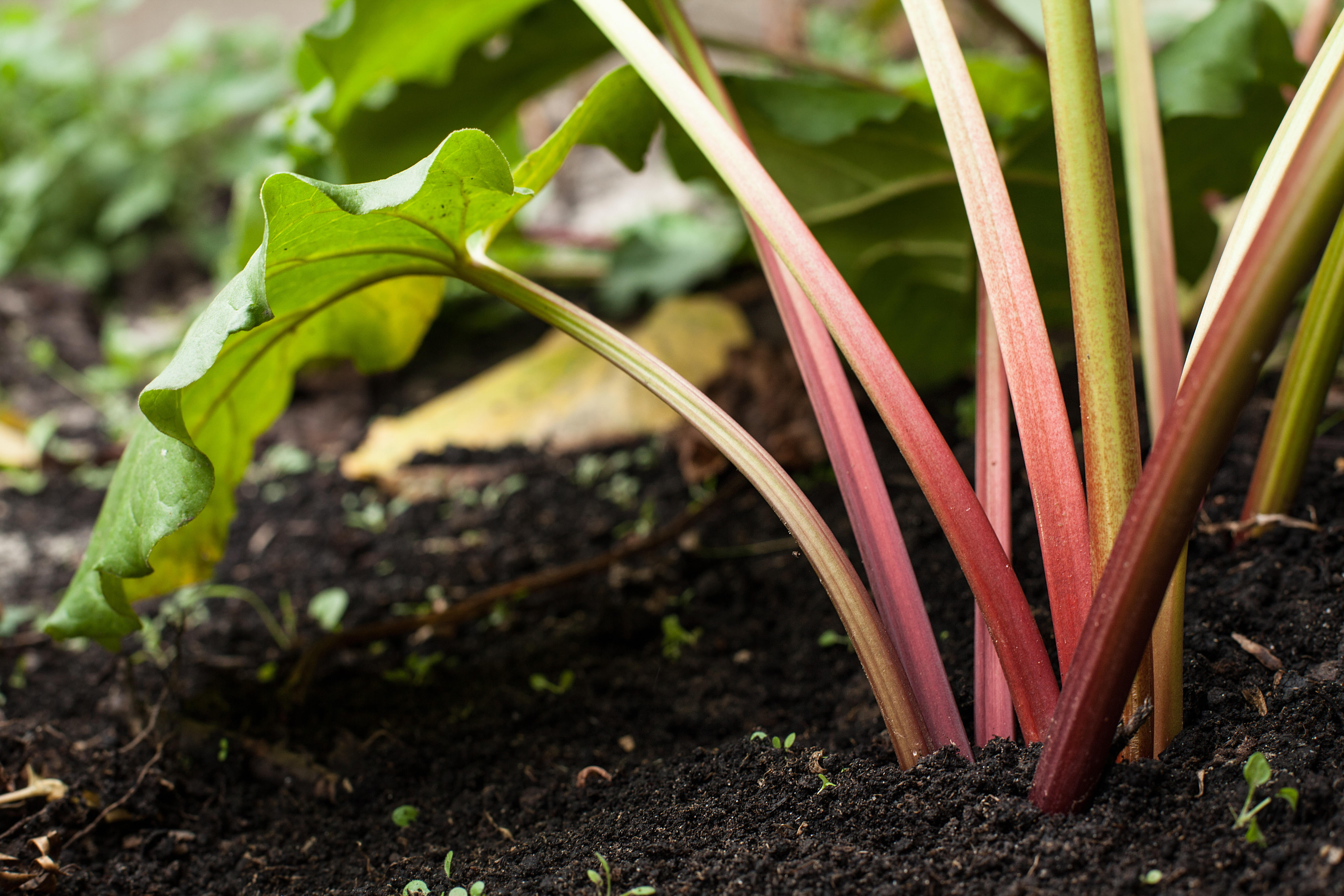
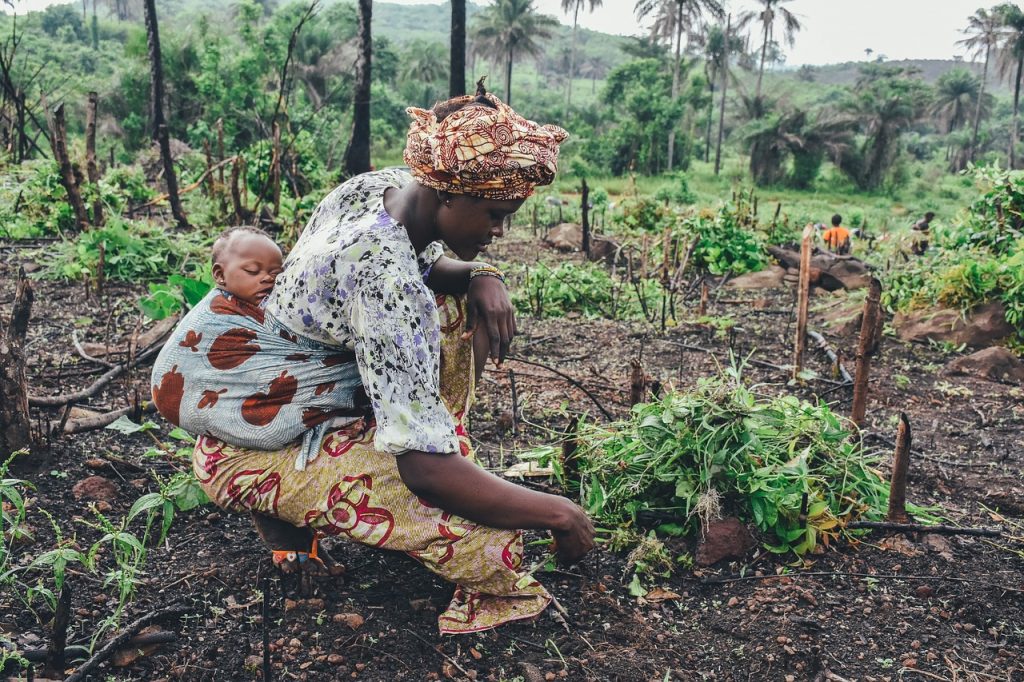
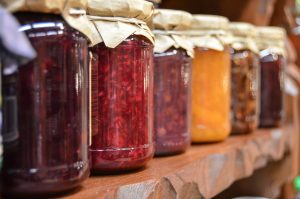
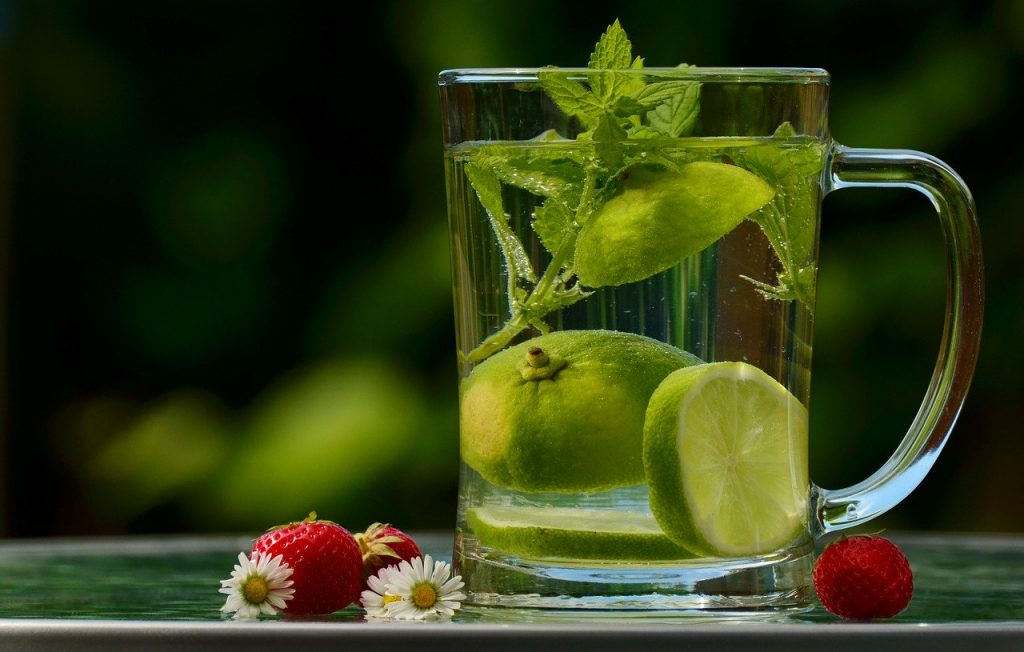
0 Comments